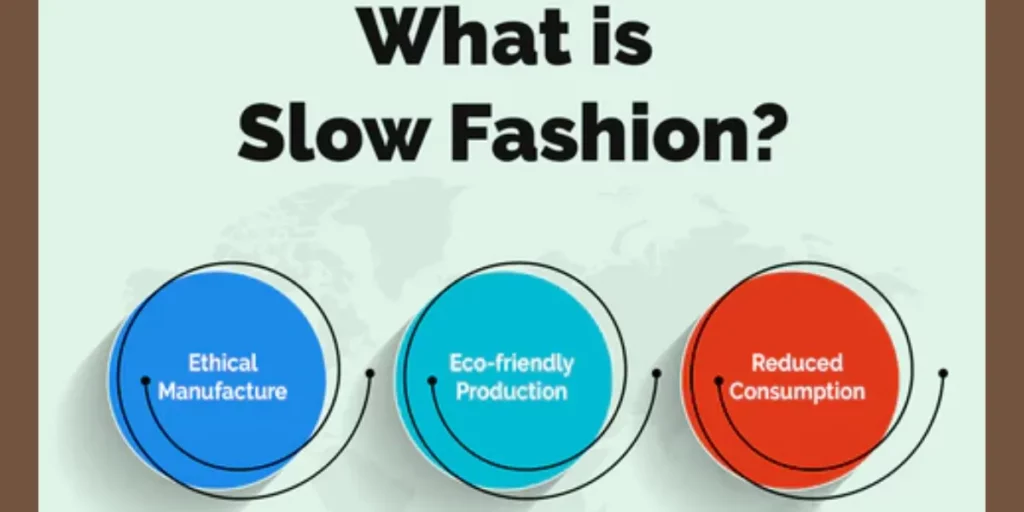What is Slow Fashion?
In a world of fast-paced trends and constant consumption, the concept of slow fashion has emerged as a more sustainable and ethical approach to clothing. Slow fashion is a movement that encourages mindful purchasing decisions, prioritizing quality, longevity, and environmental consciousness. Let’s delve into the core principles and benefits of slow fashion.
Understanding Slow Fashion:
Slow fashion is a response to the harmful practices associated with fast fashion, which often emphasizes quantity over quality. Slow fashion encourages individuals to buy fewer, higher-quality pieces that are ethically produced and designed to last. It promotes a more conscious and thoughtful approach to clothing, considering the impact on the environment, workers, and society as a whole.
Quality Over Quantity:
One of the fundamental principles of slow fashion is prioritizing quality over quantity. Instead of succumbing to the allure of cheap and disposable clothing, slow fashion advocates investing in well-made garments that are durable and timeless. By opting for quality pieces, we reduce the need for frequent replacements, thereby reducing waste and promoting a more sustainable lifestyle.

Ethical Production Practices:
Slow fashion promotes transparency and ethical production practices. It encourages consumers to ask questions about the origin of their clothes, ensuring they are made under fair working conditions. Slow fashion brands often prioritize local production, fair wages, and safe working environments. By supporting ethical fashion, consumers contribute to the well-being of garment workers and help combat exploitative labor practices.
Embracing Timeless Style:
Slow fashion rejects the idea of chasing fleeting trends and instead embraces timeless style. It encourages individuals to invest in versatile pieces that can be worn for years to come, transcending seasonal trends. By focusing on timeless designs, slow fashion encourages us to appreciate the value of clothing beyond temporary fashion fads.
Environmentally Conscious Choices:
Environmental sustainability lies at the heart of slow fashion. By choosing sustainable fabrics, such as organic cotton or recycled materials, and favoring natural dyes, slow fashion aims to minimize the ecological impact of the fashion industry. Additionally, slow fashion encourages recycling, upcycling, and repairing clothes rather than discarding them, reducing waste and extending the lifespan of garments.
Local and Independent Brands:
Supporting local and independent brands is another essential aspect of slow fashion. These brands often prioritize ethical practices and sustainable production methods. By purchasing from local designers and artisans, consumers can contribute to the growth of their communities and foster a more diverse and resilient fashion industry.
Mindful Consumption:
Perhaps the most significant shift brought about by slow fashion is a shift in consumer mindset. Slow fashion promotes mindful consumption by encouraging individuals to think critically about their purchases. It emphasizes the importance of buying what we truly need, valuing quality and craftsmanship, and taking the time to care for our clothes properly.
Slow fashion offers an alternative to the disposable and unsustainable practices of fast fashion. By embracing quality, ethical production, timeless style, and environmentally conscious choices, we can make a positive impact on both the fashion industry and the planet. Slow fashion encourages us to be more mindful consumers, fostering a more sustainable and responsible approach to our wardrobe choices.




